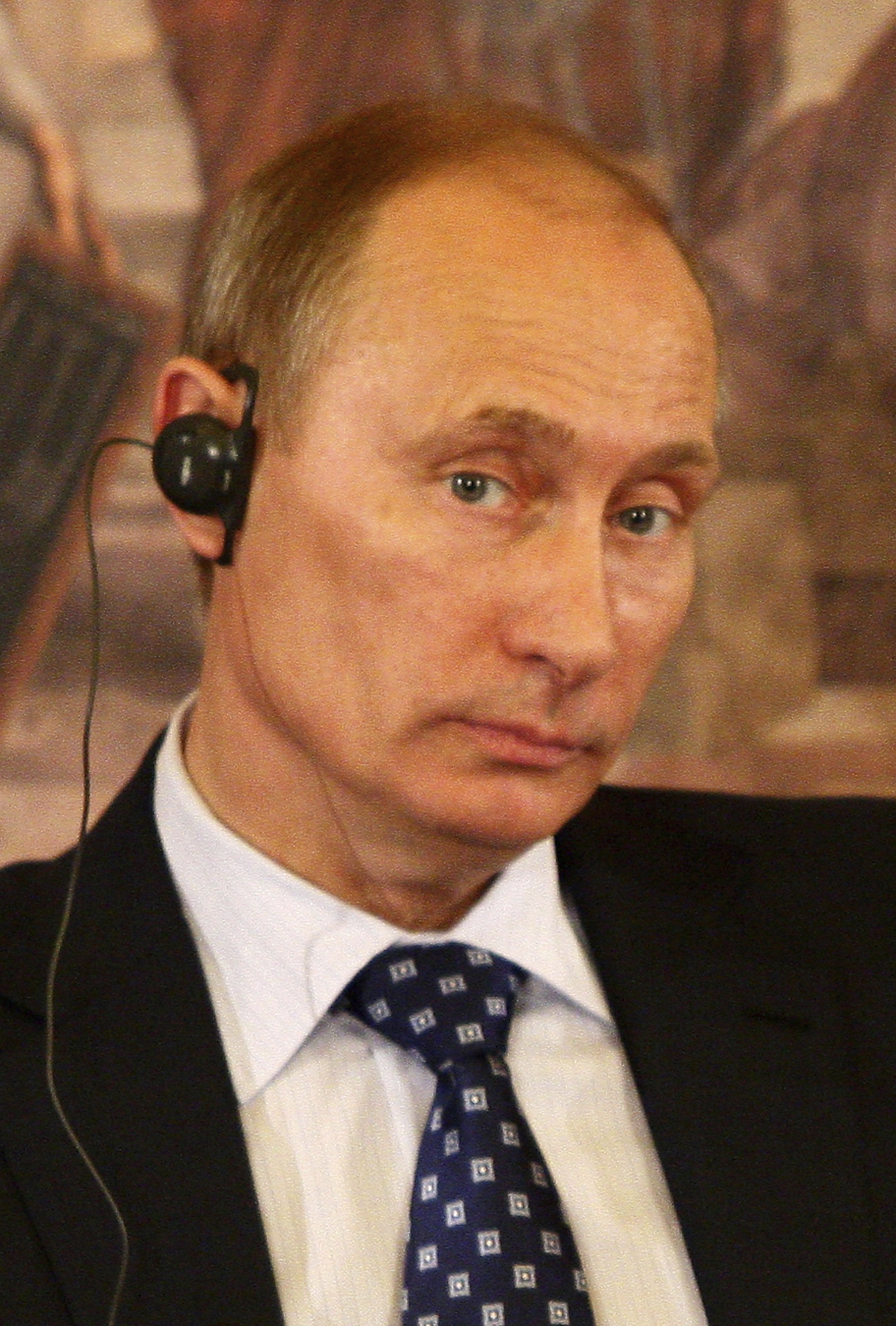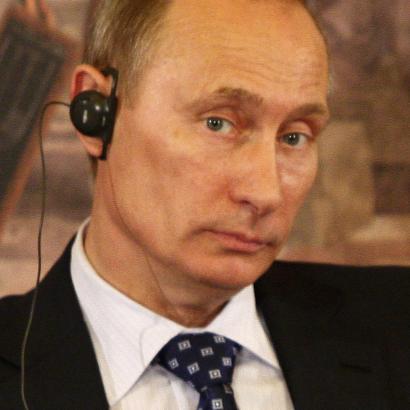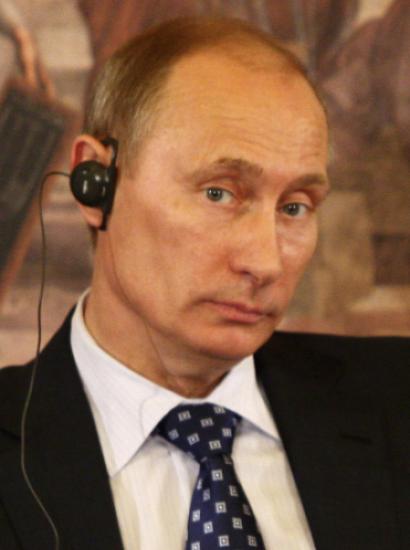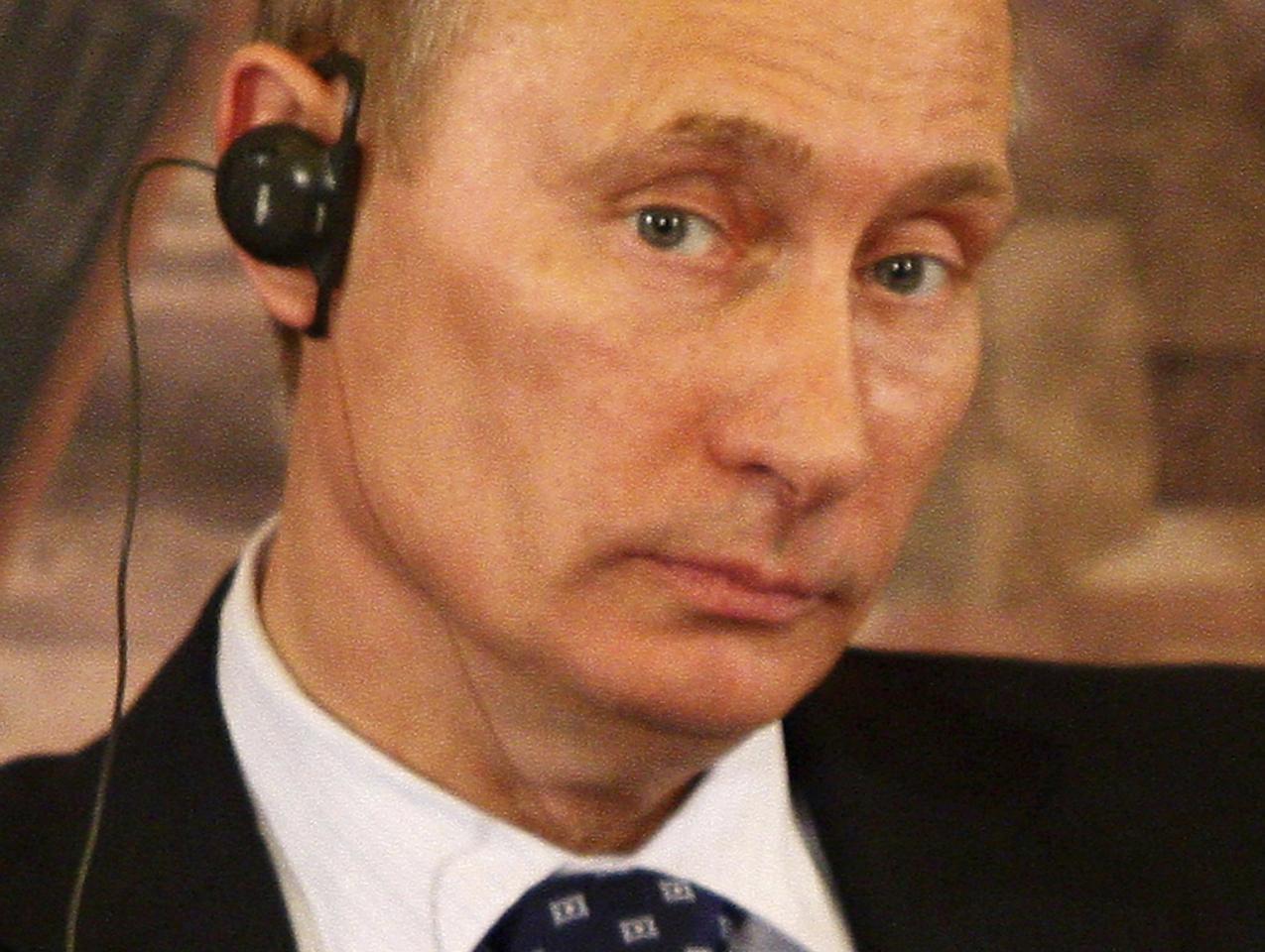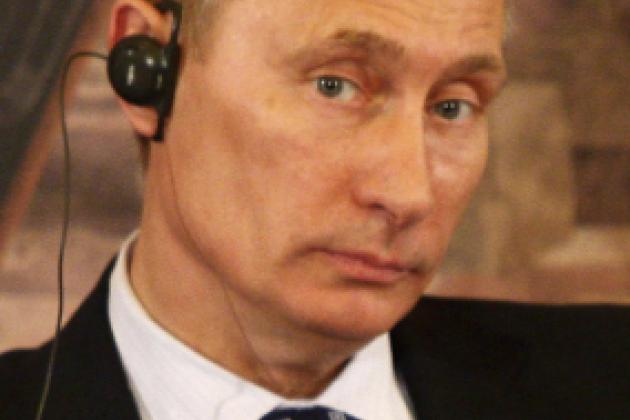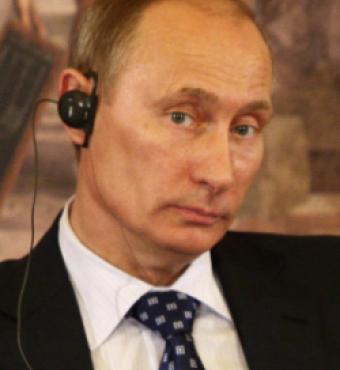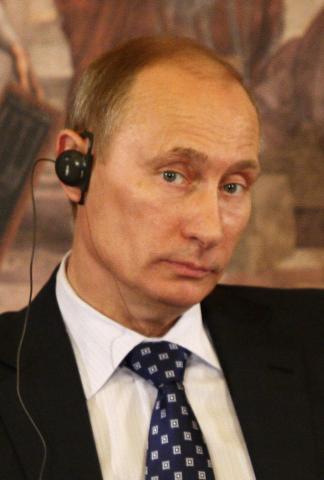- International Affairs
- US Foreign Policy
- Security & Defense
- Terrorism
- History
- World
- Law & Policy
- Civil Rights & Race
Eighty years ago, Joseph Stalin’s Great Terror (to use Robert Conquest’s term) was well into its first month. In towns and cities throughout the Soviet Union, the headquarters of the NKVD—the secret police—were filled with screams, the sounds of beatings and the clacking of typewriters. In the Kremlin, Stalin signed “shooting lists” of prominent Bolsheviks to be executed. Extrajudicial troikas provided a thin veneer of “socialist legality” as they rubber stamped death sentences.
The Great Terror was initiated by Stalin in his order on July 2, 1937, telling regional bosses to submit lists of “enemies of the people.” The NKVD’s infamous Order No. 00447, which followed on July 30, allotted quotas for 75,950 executions and 193,000 prison sentences. These “limits” were forgotten as regions competed for higher victim totals. By the time Stalin ended the purge with a single telegram on Nov. 17, 1938, 687,000 had been shot. Stalin pleaded innocence: Mavericks in the NKVD were to blame, he claimed.
A subscription is required to read the full article "What the ‘Great Terror’ Taught Autocrats."







